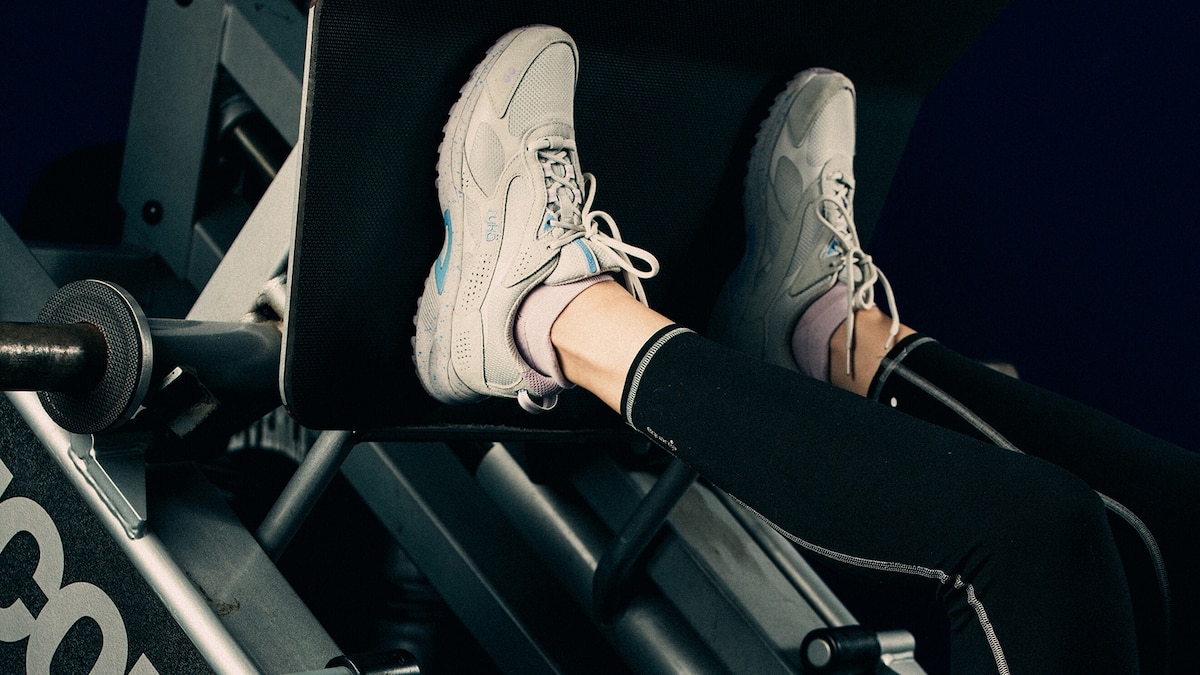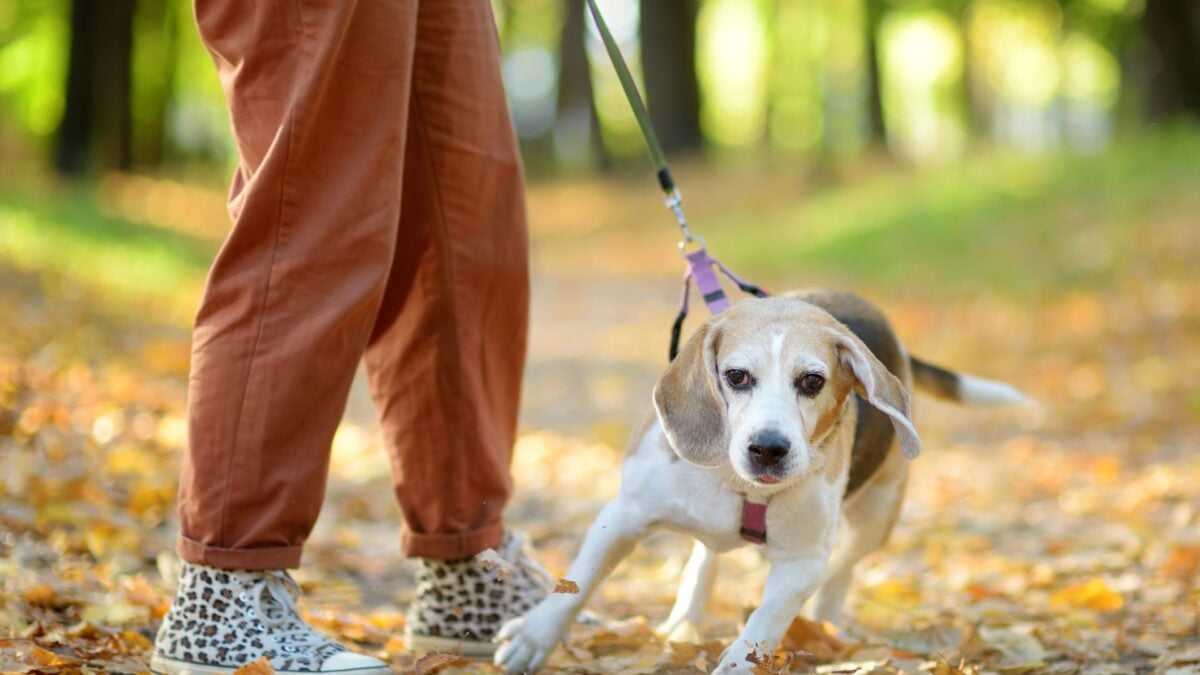
You might still feel strong. Maybe you lift weights, walk regularly, or hit the Pilates studio a few times a week. But if everyday movements, like getting out of a low chair or stepping onto a curb, feel a little slower or more effortful, there’s a reason. As we age, we don’t just lose strength. We lose our ability to move quickly.
This often-overlooked aspect of health is called power—the capacity to generate force fast. It doesn’t just apply to Olympic lifters and elite athletes. This kind of movement helps you stabilize if you trip, dodge a closing subway door, or hoist groceries into the car without overthinking it.
The trouble is, power starts fading in your 30s—decades before most people notice any real drop in strength. “You lose speed in the muscle before you lose that force component,” says Stephen Sayers, a researcher in muscle performance and function in older adults at the College of Health Sciences at the University of Missouri. Meaning after age 50, muscle strength typically declines about 1–2 percent per year. Studies suggest that, especially in older adults, power can drop even faster—up to 3–4 percent per year—particularly when muscles aren’t used regularly.
(Aging isn‘t just about decline. Here’s how health improves as we grow older.)
The good news: power training is relatively simple to add to your weekly routine, and it can protect your mobility, independence, and even your strength as you age. A 2007 study in the Journal of Aging and Physical Activity found that high-velocity resistance training was more effective than traditional strength training for improving functional movement in older adults. “I’ve had people in my labs that previously did nothing and then did power training, and we’ve seen 25 to 30 percent increases in strength,” Sayers adds.
Here’s how to train for power—and why adding it to your routine could change the way you move through everyday life.
What is muscle power—and why it matters for fall prevention
Movement relies on two things: force and velocity. “Think about walking across an intersection,” Sayers says. “You may have sufficient force in your muscles. You may be strong enough, but if you don’t have some velocity, you’re not going to get across the intersection in the time of the light.”
50% OFF
Starting at $17/yr
Power comes from fast-twitch muscle fibers, the ones that drive quick, explosive movements, which decline faster with age than the slow-twitch fibers that support endurance. “The problem with those fibers is we don’t call on them very much in real life,” says Sayers. To preserve them, you need to train them intentionally.
Explosive speed also depends on the nervous system. Over time, the brain becomes less efficient at communicating with muscles. “By the time you’re 60 years old, you lose almost half of the nerves that innervate those muscles,” says Sayers. “Once the nerve disappears, the muscle dies.”
That slowdown in signaling means once-automatic movements—like brisk walking, climbing stairs, or catching yourself if you trip—start to require more conscious effort.
(This one-minute workout could transform your health.)
“When we think about aging, the idea of velocity is actually really important when we’re thinking about balance and falls prevention,” says Claire Morrow, physical therapist at Hinge Health, “One of the key indicators of fall risk is actually somebody’s speed when they’re walking—their gait speed.”
Quick reaction time is what keeps you upright. You may be strong, says Sayers, but if you trip and you can’t stabilize the body, you will fall. If your muscles are fast enough, you may be able to put that leg out and stop yourself from falling.
He points to lab research he’s conducted using simulated falls. Participants who trained for power could move their limbs more quickly and recover their balance before hitting the ground. “It’s a real difference,” he says, “especially as people get into their 60s, 70s, and beyond.”
Early signs you’re losing muscle power
There’s no gold-standard at-home test for power—but there are subtle signs that yours may be fading.
“How easy is it for you to lift your suitcase and put it in the overhead compartment on an airplane?” Morrow asks. “How easy is it for you to walk up and down stairs? Do you feel like you need to use the handrails?”
(Can you stand on one leg for 10 seconds? The answer matters for aging.)
She suggests a simple self-check: try single-leg heel raises. “The normal should be that you’re able to do 30 on one leg,” she says. “Calf strength is one of the first things to go with any kind of lower extremity injury—and it’s also really important for balance.”
How to build muscle power safely as you get older
You don’t need to be an athlete to train for power. In fact, power training can make daily activities feel easier and improve performance in recreational sports, hiking, dancing, or playing with kids.
If you already strength train, the easiest way to start is by using lighter weights and moving through the concentric phase (the lifting portion of the movement) more explosively. The eccentric phase (the lowering portion) should still be slow and controlled.
Take a leg press, for example. Instead of loading the machine with a heavy weight, use around 40 percent of your max, says Sayers. This weight should feel manageable and relatively easy to lift. Lower slowly, then press the platform out as quickly as you can. Repeat. The same approach works for chest presses, goblet squats, or calf raises.
(Here’s how to start aging like an athlete.)
If you’re training at a gym, Sayers recommends starting with machines instead of free weights. “It’s easier to control speed on a machine, and the range of motion is very consistent—it’s kind of determined for you,” he says. “So, it’s safer and easier to focus on moving quickly without worrying about stability.”
However, Sayers mentions that while power training may seem intimidating, it doesn’t carry a higher injury risk than traditional strength training—if the load is appropriate and the form is solid. It may also feel easier, and you may recover quickly, he says, because you won’t be moving too heavy a weight for you.
You can also train power at home. Morrow recommends bodyweight squats with a faster-than-usual tempo. If you want to level up, Sayers recommends adding a weighted vest while doing functional movements, like stair climbs. Even quick sit-to-stands from a chair—10 to 12 reps—can help. “Anything that adds resistance to movement is resistance training,” he says. “Just move through it quickly.”



